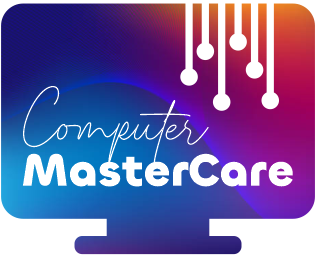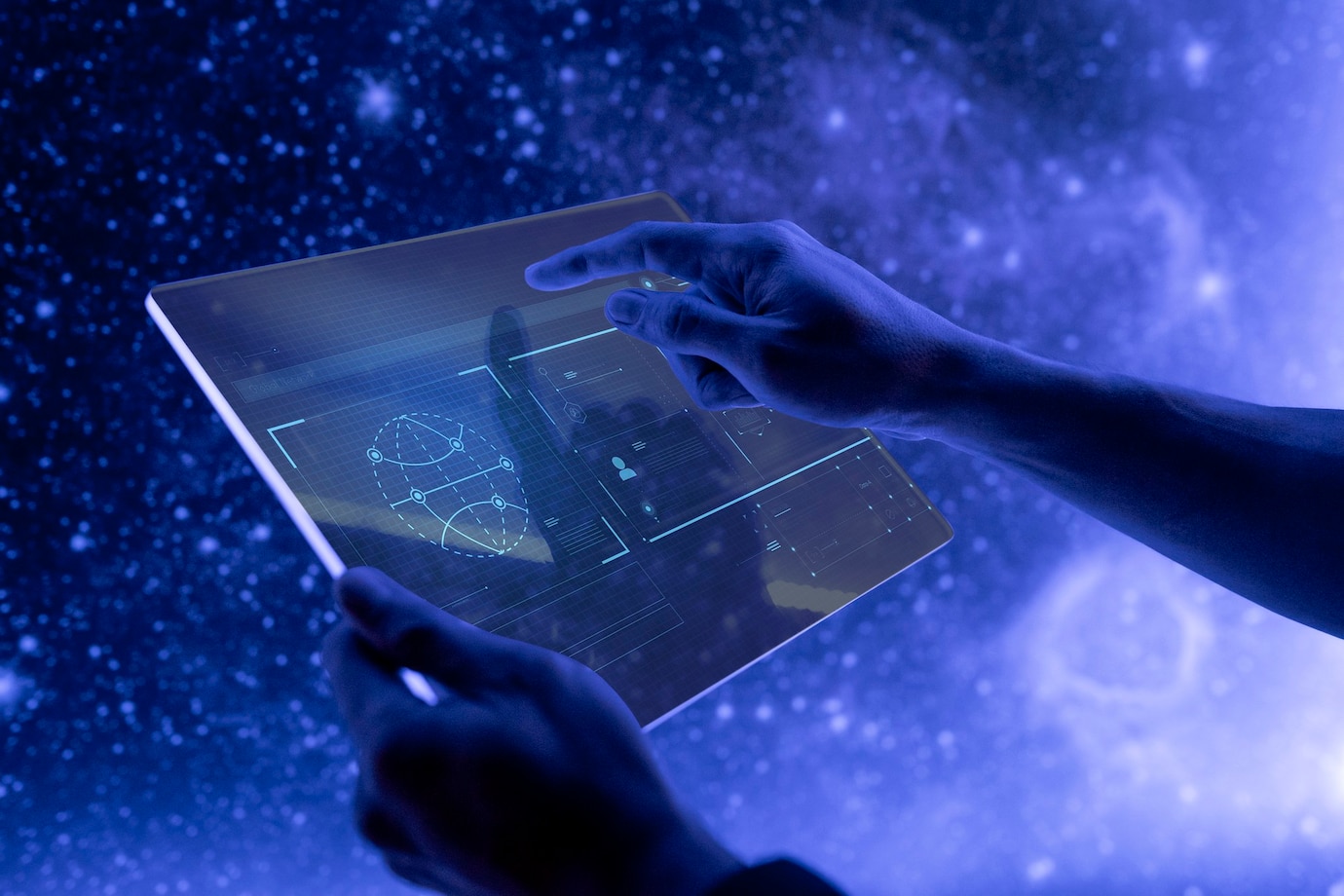Exploring Spatial Computing: A Revolutionary Technology in 2025
In 2025, spatial computing is emerging as a groundbreaking technology with the potential to change how we interact with digital and physical worlds. By merging augmented reality (AR), virtual reality (VR), and real-world data, spatial computing offers immersive and highly interactive experiences.

What is Spatial Computing?
Spatial computing involves the blending of digital and physical environments to create an integrated experience. It uses sensors, cameras, and advanced computing to understand and manipulate spaces, objects, and interactions in real time. Devices such as AR glasses, VR headsets, and even smartphones serve as gateways to this new dimension of computing.
Key Features of Spatial Computing
- Immersive Interfaces: Spatial computing enables users to interact with digital content in 3D spaces, breaking away from traditional 2D screens.
- Context-Aware Systems: By understanding spatial data, these systems can respond intelligently to user movements, gestures, and surroundings.
- Seamless Integration: It bridges the gap between physical and digital realities, enabling objects in the real world to interact with virtual elements.
Applications of Spatial Computing
- Healthcare: Spatial computing is revolutionizing medical training and surgery with 3D models and real-time guidance.
- Education: Students can engage with interactive 3D environments, enhancing learning in subjects like biology, history, and engineering.
- Retail and E-Commerce: Virtual try-ons, interactive store layouts, and personalized shopping experiences are now possible.
- Workplace Collaboration: Teams can collaborate in virtual spaces, visualizing data and projects in ways not achievable with traditional tools.
Challenges in Spatial Computing
- Hardware Limitations: Devices need to become more lightweight, affordable, and accessible to drive widespread adoption.
- Data Privacy: The collection of spatial data raises concerns about how information is stored, used, and protected.
- Content Creation: Developing high-quality 3D content and experiences requires significant resources and expertise.
The Road Ahead
The fusion of spatial computing with AI, 5G, and other technologies will accelerate its adoption and capabilities. As hardware becomes more sophisticated and affordable, spatial computing is likely to permeate various aspects of daily life, from entertainment to enterprise solutions.
Conclusion
Spatial computing is at the forefront of technological innovation in 2025, offering a glimpse into a world where digital and physical boundaries blur. By transforming how we interact with our environment and each other, this technology promises to redefine industries and open up new realms of possibility.
As we continue to explore the potential of spatial computing, its impact on society and the economy will undoubtedly grow, making it one of the most exciting advancements of our time.













